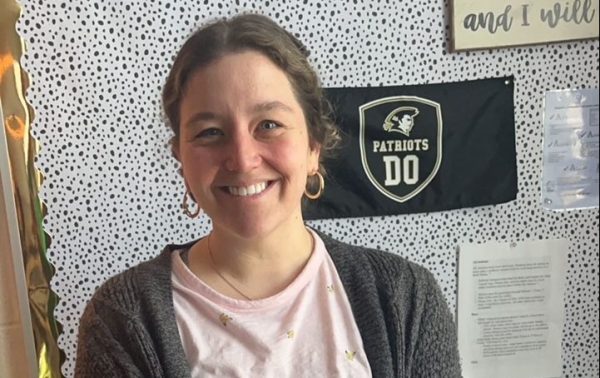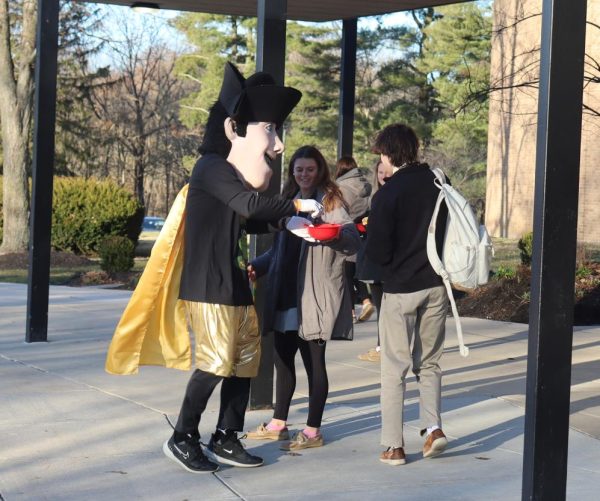Naps recharge energy and happiness
Spanish teacher Jane Michael relaxes her eyes for a while after a long several days of escorting 22 students around Spain. Michael and the other students have been able to enjoy siestas over the past few days to rejuvenate and get ready for their evenings.
Little children in preschool and kindergarten are luckier than they could ever imagine, and they better hold onto those precious few hours in the middle of the day that they dread: naptime.
I don’t know how much sleep other high schoolers get, but I am personally awake for at least 18-20 hours straight, five days a weeks. According to the Center for Advancing Health, only about 8 percent of high schoolers get enough sleep on an average school night. Throughout a long, tiring day of moving and sitting in classroom after classroom, exhaustion creeps its way into their brains and yawning epidemics can be seen from 2:00 to 4:00 p.m.
To get through the day, many students turn to caffeine, which is only a temporary fix, while others just barrel through the day and break the lull, only to welcome it back around 8:00 p.m. or 9:00 p.m. But is there a way to beat this fatigue?
In fact there is. That magical thing that everyone had so long ago that it seems like a mere dream. After all, that time was filled with dreaming. This far-off desire is none other than the infamous nap.
ASAP Science combined research into a video that explains that the power nap has been proven to be the most effective means of rejuvenating one’s brain. Taking just a short 10-30 minute nap has been shown to increase productivity and cognitive function, enhance memory, boost creativity, and most importantly, fight off exhaustion.
However, if a nap exceeds more than 30 minutes, the body enters a deeper sleep, and experiences sleep inertia when awakened, according to ASAP Science. Instead of feeling revitalized, the body experiences decreased motor dexterity, feels groggier, and desires to return to its state of rest.
In Spain, there is a “siesta” period between the hours of two p.m. and five p.m., in which stores close and people go home in order to allow themselves to relax in the midst of the bustle of the day. This time can be used for napping, but it is utilized mostly as a period when people can spend time with family and friends and enjoy a long lunch before returning to work.
Spain is not alone in this custom. In Japan, nap salons have opened in cities where workers can take a nap on a day bed during their lunch break in order to increase alertness and efficiency in the office.
Sadly, there is simply no time in the day for naps at JC, nor is there a place where one could indulge if they do have the time. Perhaps next year, that new 10 minute break at the end of the day can be utilized to its fullest potential.
Claire Grunewald is a Lifestyles Editor for The Patriot and jcpatriot.com







